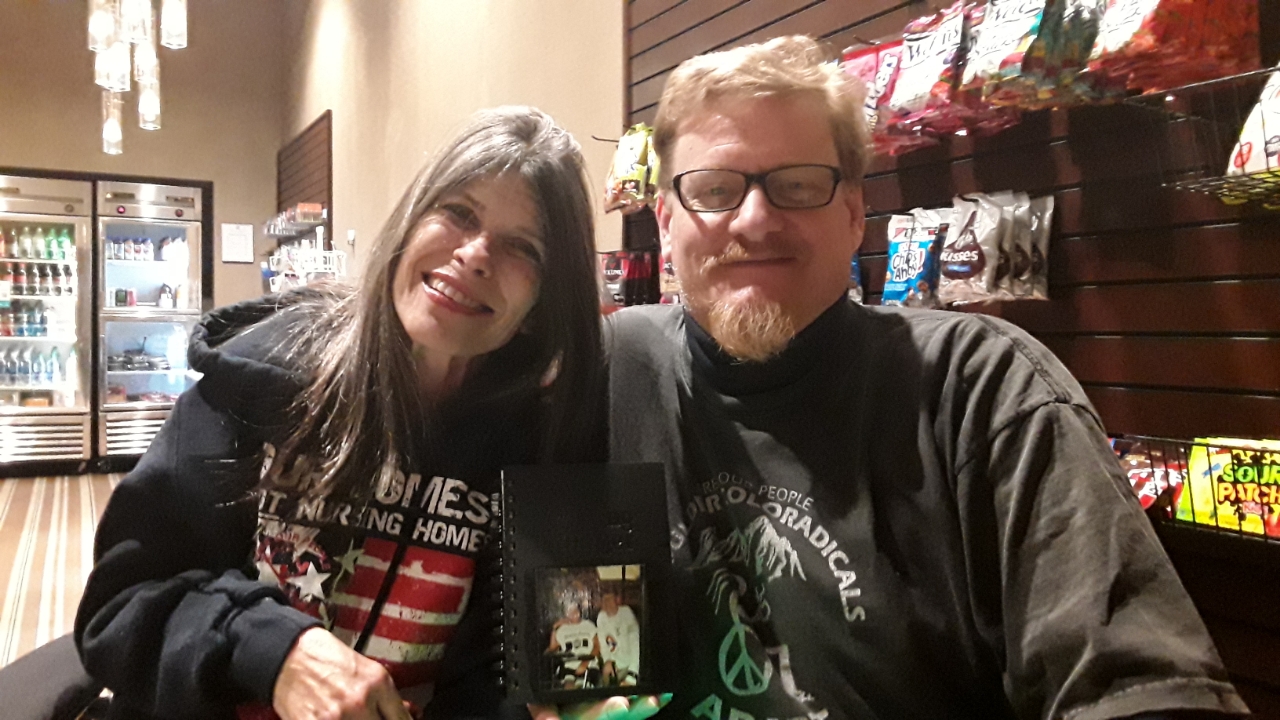
<< Previous Photo | Next Photo >>
Continue the MEMPHIS Thread of Photos
......
57 Waiting for the bus
My first impression of this photo is that things are not going well in Memphis. The old churches and falling-down structures make the physical environment seem troublesome. This photo however, seems to point more to the systematic problems that face Memphis. The photo is more personal: A person in distress. A person in poverty.
A dilapidated building and a boarded-up home may show poverty, but the person lying on the sidewalk, I think, expresses more of the pain. It also may be a hard photo to look at. I know that landscape photographers will remove the phone and power lines from photos, they wish to make a pleasing photo to look at. This photo on the other hand, is not pleasing. The subject may be just the thing that you don't wish to see.
I think of the photography of Jacob Riis, showing people the things that they avoided in the slums of New York. The thing that I have missed is the personal story of this person. I know that they were alive, but I did not speak with them. Like a lot of Memphians, I just passed her by and went on with my life.
Buses have actually been a big part of my life in Memphis. When I moved to the Bluff City I had very little experience with public transportation. While I was a bartender at Friday's in Midtown, I did ride the bus occasionally, but for the bus experience itself and I didn't ride for transportation. Isaac, a server at TGI Friday's and I rode downtown between our split-shifts to visit the mayor. From Overton Square, I rode the bus to the Café Olé in Cooper-Young or to the Western Steakhouse that used to be on Madison with co-workers.
When I started at the Memphis Center for Independent Living, I also found out how important the bus was for people with disabilities and many other Memphians. I rode the bus to meetings and out for the evening rather than driving. The bus was especially convenient for me to get downtown. Although I was pretty good at knowing where you could park for free in downtown Memphis, once I was familiar with the bus, I preferred to ride and not worry about my car and where to park.
I saw the good and bad with public transportation. On the fixed-route, the drivers did not "call out the stops," a necessary and federally required method so blind riders can navigate the city. On paratransit, I often accompanied people with disabilities and I could ride as their guest, but the service was poor and we would often wait hours without knowing if we could get a ride. I also spent a lot of time with people waiting on their bus and calling the MATA dispatch line to check on a ride.
Helping a visitor to Memphis get back to the Airport, I suggested the bus with a lift would be easy. I was crushed when the bus passed us by with me standing in the middle of the road attempting to wave them down. That was the most direct incident of discrimination that I feel I have ever faced. About a month later, following my complaint, the CEO of the Transit Authority told me he had reviewed the camera footage of the incident. He couldn't tell me the results, but he implied that the driver was fired for not picking us up.
Your encounter with Greyhound may be different, however, the important thing is that we keep the pressure on them until every bus rider is treated equally.
By: Tim Wheat 7/27/1998
A prime element of a pro se case is that a lawyer is not involved. So rather than telling you "how to win with the pro se," this is the account of Dawn Russell v. Greyhound Bus Lines. Your encounter with Greyhound may be different, however, the important thing is that we keep the pressure on them until every bus rider is treated equally.

August 27, 1997 - Memphis ADAPT members Dawn Russell, Syndy Sharp, and I called 48 hours in advance to notify Greyhound that "disabled people" will ride their bus.
August 29, 1997 - We all rode Greyhound from Memphis to Jackson Tennessee and back. I used a video camera to record the boarding and disembarking from the bus.
Jan. 15, 1998 - We filed the pro se case against Greyhound in Federal Court and went to protest at the Greyhound Terminal. The Memphis Terminal manager met with us and demonstrated the Scalamobil. Despite his assurance that the Scalamobil gizmo would solve all the problems for people with disabilities, the contraption failed and was removed from the Memphis Terminal.
Feb. 18, 1998 - Having heard nothing from Greyhound we filed a "MOTION FOR DEFAULT JUDGMENT" because the defendant did not follow "the rules" and respond to us within 20 days. (The Federal Rules of Civil Procedure, FRCP, you will get to be very familiar with the FRCP).
Feb. 27, 1998 - Greyhound sent their "Answer." The document stated who Greyhound's local attorneys were and simply denied every paragraph of the original complaint.
Feb. - July 1998 - Dawn rode the dog again. They broke her scooter. She begins the paperwork to recover the $260.32.
March 11, 1998 - The Court rejected our "MOTION FOR DEFAULT JUDGMENT," because it may have been improperly served.
April 3, 1998 - The Court set a "Scheduling Conference" for May 20. This was a meeting with the defendants in front of the Federal Judge, and it sets in motion a timetable of communication with the defendants.
April 8, 1998 - Dawn wrote the Judge and Greyhound Counsel asking for a jury of peers to hear the case. She also told the Court that she did not need any "discovery," and that she was ready to go when possible.
May 5, 1998 - Dawn and I had our first telephone conference with the Greyhound attorneys. We asked for "lifts on all buses," they were not able to agree to that. The lead attorney pushed the dates for everything well into 1999. We were not concerned with how long the litigation would take, Memphis ADAPT will probably be blocking buses 10 years from now.
Dawn however felt that it was insulting that we could accommodate their exhaustive schedule, but they could not indulge our desire to proceed. We agreed that we could not agree on a court date.
The Judge would have to settle the impasse.
May 20, 1998 - Dawn appears before Judge Julia Gibbons Chief Judge of the United States District Court for the Western District of Tennessee. She sits at the same table with the Greyhound legal team.
The Judge got right to the point, and asked the Defendant why they could not agree to going sooner. The Greyhound lead attorney said that other court dates and cases interfered.
The Judge agreed with Dawn on this point, and rejected the dates that the Defendant had given. This victory may seem small, but it was the first time that Dawn and her pro se complaint got "official" respect. To have the judge direct the Greyhound attorneys to speed up the schedule validated taking action without a lawyer. In the five months of dealing with Greyhound and their attorneys, Dawn and I had always felt outgunned by the lawyers and "their" system. Dawn showed the court that she could take on the transportation giant armed with her pro se complaint and the knowledge of what is right.
May 21, 1998 - The victory in court did not last long. Greyhound not only gave us the required "Initial Disclosures," but also filed a "MOTION TO STRIKE JURY DEMAND," along with a "MEMORANDUM IN SUPPORT OF MOTION TO STRIKE JURY DEMAND."
June 3, 1998 - Greyhound served Dawn with the "First set of Interrogatories," and a "Request for Production of Documents." These documents inquired everyone's name that knew about the case, similar complaints that Dawn had made, and even what related books Dawn may have read. On top of all this busy work, Greyhound still would not pay the $260.32 for repairs to Dawn's scooter.
Dawn and I studied the mound of paperwork. We were simply overwhelmed by the amount of legal work we must do to continue. Concerning the MOTION TO STRIKE JURY DEMAND, we plainly did not have the legal knowledge to beat the argument.
Without the prospect of Dawn telling her story to a jury, we nearly decide to give up. We elected to stop contesting the elaborate process, and merely do what is required to get the case in front of the Judge.
July 7, 1998 - The Memphis Center for Independent Living is subpoenaed to produce the video I made of the original bus trip.
July 10, 1998 - Greyhound sent Dawn a letter saying the most they could pay for destroying her scooter is $250. They took six months to weasel out of $10.32, which is all they can pay for damaged "luggage."
July 15, 1998 - Dawn visited the posh offices of Wyatt, Tarrent and Combs. Three lawyers and a court reporter sat around the table with Dawn. Before they take Dawn's deposition the Greyhound attorneys excuse the court reporter and make a settlement offer of $5000, half of what the original pro se had asked for.
Dawn was concerned that ADAPT activists would be angry with her for settling. Part of the settlement however, was a conference with Greyhound officials to let them know that Dawn and Memphis ADAPT will be back on the streets demanding equality.
July 27, 1998 - Dawn signs the settlement agreement and deposits $5,000 in ADAPT's account.
Photo by Tim Wheat.